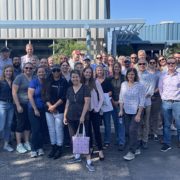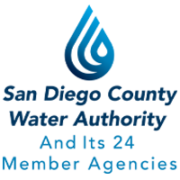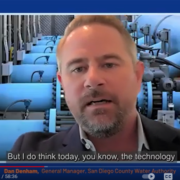Bureau of Reclamation Group Visits South Bay Water Agencies
A planning and training workshop for 100 U.S. Bureau of Reclamation employees in San Diego County included tours of Sweetwater Authority and Otay Water District facilities.
The Reclamation employees visited San Diego in September to participate in a planning training workshop. The Bipartisan Infrastructure Law and the Inflation Reduction Act have brought significant funding in support of Reclamation’s mission to manage, develop, and protect water and related resources in an environmentally and economically sound manner in the interest of the American public. Planning provides critical support for Reclamation’s leadership when making investment decisions.
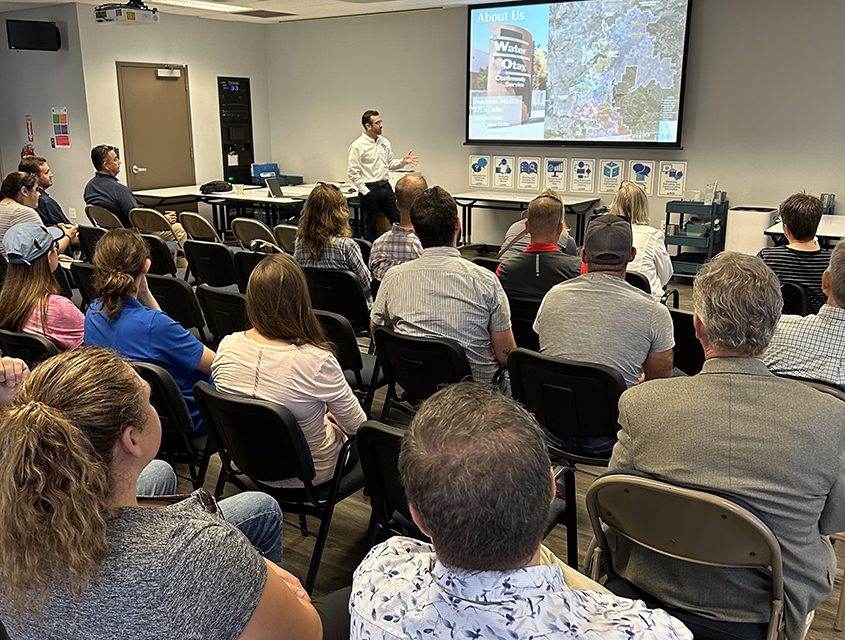
U.S. Bureau of Reclamation employees share their experiences and lessons learned during their recent San Diego visit. Photo: U.S. Bureau of Reclamation
The goal of this workshop was to provide training and resources for planners and project managers involved in studies to evaluate federal investments in water resources. In addition to promoting planning expertise across Reclamation, the Planning Training Workshop also served to share experiences and lessons learned with other planners and project managers.
Key topics at this event included the Federal planning process, technical, environmental, economic, and financial feasibility, and climate change. A key benefit of the trip was the opportunity to connect with regional partners, including tours of the Sweetwater Authority Reynolds Groundwater Desalination Facility in Chula Vista and the Otay Water District binational pipeline on the U.S./Mexico border.
Building skills and relationships
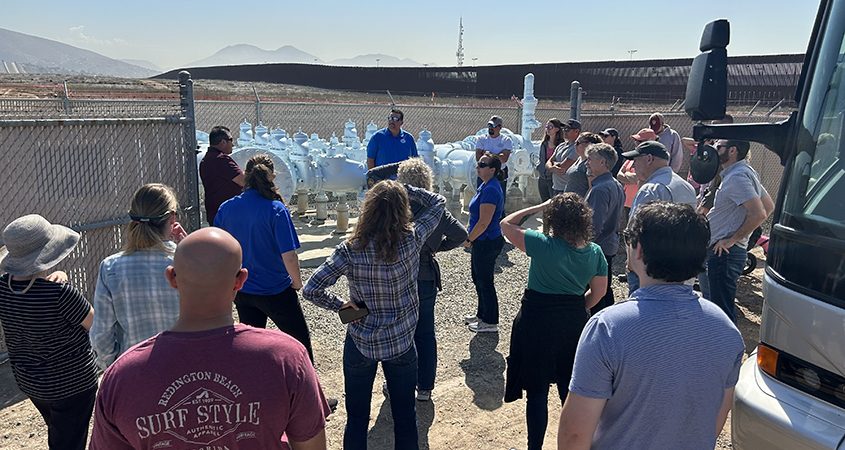
Reclamation Planning Conference attendees tour the U.S./Mexico border. Photo: U.S. Bureau of Reclamation
“We were thrilled to bring together so many Reclamation employees to discuss how water resources planning can help meet the increasingly challenging, complex, and diverse needs for water and power now and into the future,” said Karl Stock, manager of the Reclamation Law Administration Division.
“It was a pleasure to host such a talented team of water professionals from the Bureau of Reclamation at our award-winning Reynolds Groundwater Desalination Facility and share with them the critical role our facility plays in providing a drought-proof, sustainable water supply for Sweetwater Authority customers,” said Carlos Quintero, Sweetwater Authority general manager.
Bureau of Reclamation funding supports regional expansion project
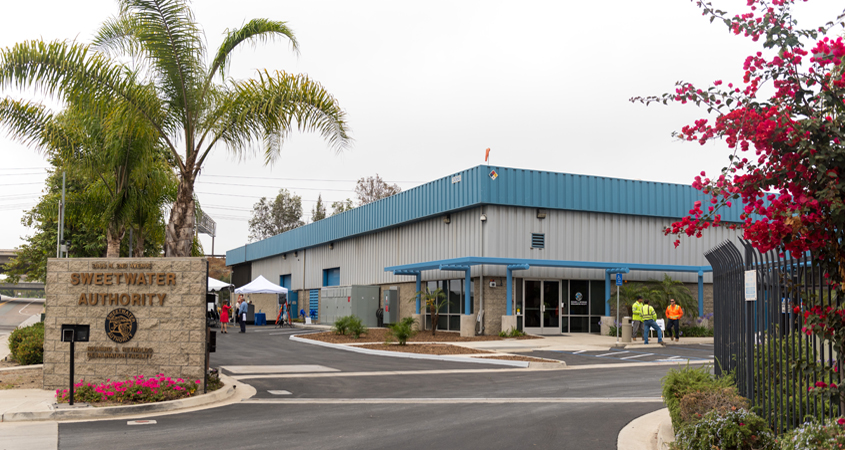
The Richard A. Reynolds Desalination Facility is a state-of-the-art groundwater desalination facility Photo: Sweetwater Authority
The Richard A. Reynolds Groundwater Desalination Facility uses reverse-osmosis treatment (R/O) to remove dissolved salts and microscopic particles, such as bacteria and other contaminants that could be found in alluvial groundwater. The R/O process water is treated to prevent corrosion and chlorine and ammonia are added to further assure disinfection.
The desalination facility began operating in 1999 drawing brackish groundwater from five wells. In 2017, the facility was expanded to include installation of three additional reverse osmosis trains, a new iron and manganese treatment system, the drilling of five new brackish groundwater wells, the installation of 23,000 feet of pipe, and additional system upgrades. The $42 million expansion project was made possible by significant grant funding from the U.S. Bureau of Reclamation and the State of California.
The facility now has a full production potential of 10 million gallons of drinking water per day, enough for approximately 18,000 families, and provides Sweetwater Authority customers with about 30% of their annual water supply. The sustainable design of the plant also includes 2,950 ground-mounted solar PV panels as an alternative energy source. The solar array offsets the cost of treating water and reduces the facility’s overall carbon footprint.
(Editor’s note: The Sweetwater Authority and the Otay Water District are two of the San Diego County Water Authority’s 24 member agencies that deliver water across the metropolitan San Diego region.)

